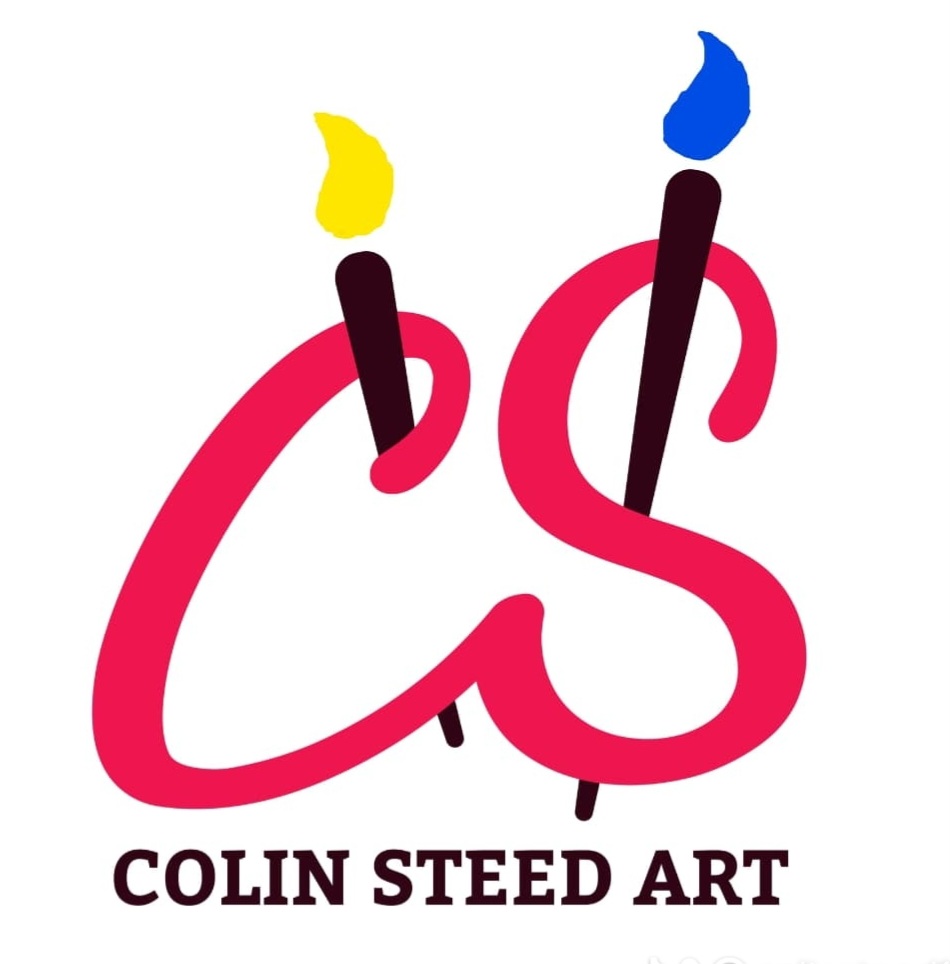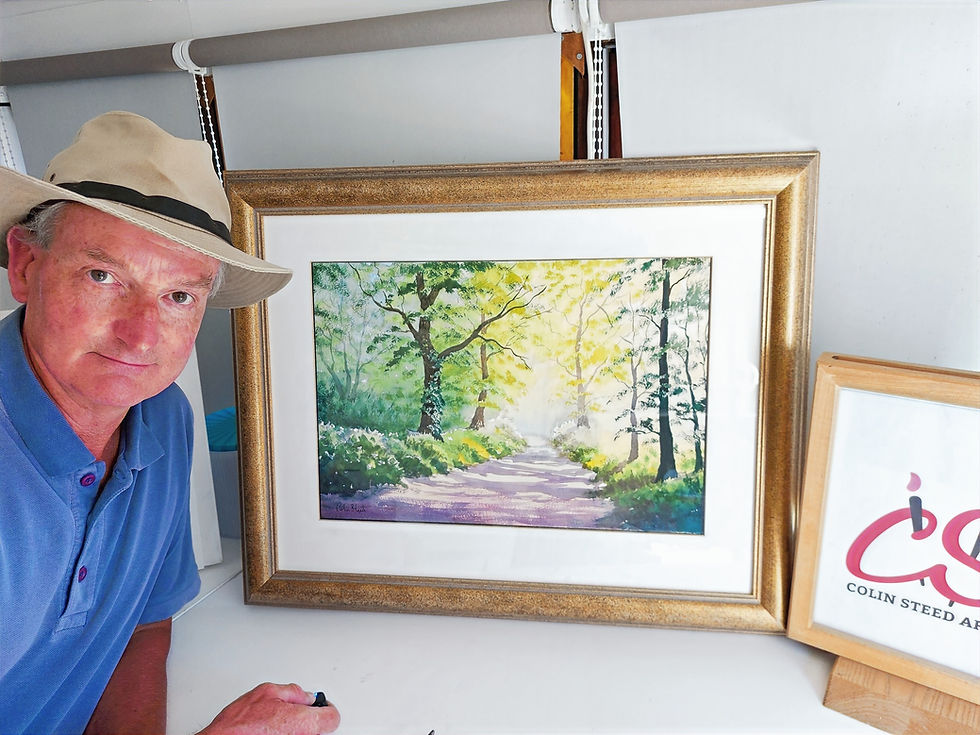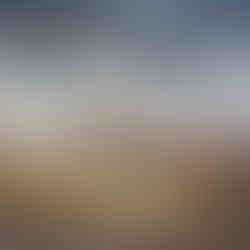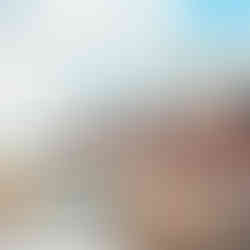Exploring the Artistry of Colin Steed
- Colin Steed - Artist

- Sep 4
- 4 min read
When I first came across the work of Colin Steed, I was immediately drawn to the way he captures the essence of the British countryside. His paintings are not just pictures; they are stories told through colour, light, and brushstrokes. If you love landscape art or want to learn more about how to create it, you’re in the right place. Today, I want to share what makes Colin Steed’s work so special and dive into some practical landscape artist techniques that you can try yourself.
The Magic Behind Colin Steed’s Landscape Artist Techniques
Colin Steed’s approach to painting landscapes is rooted in plein-air painting. This means he paints outdoors, directly observing the scene in front of him. This technique brings a freshness and authenticity to his work that studio paintings often lack. When you paint outside, you capture the changing light, the atmosphere, and the mood of the moment.
One of the key landscape artist techniques Colin uses is layering colours. He starts with broad washes of colour to block in the main shapes and tones. Then, he builds up layers with smaller brushes, adding details and texture. This method creates depth and vibrancy in his paintings.
Another technique worth noting is his use of limited palettes. By restricting the number of colours, Colin achieves harmony and balance in his work. It also helps him focus on the values and contrasts, which are crucial for creating a realistic landscape.
If you want to try this yourself, start by choosing a simple scene outdoors. Use a small set of colours - maybe just three or four - and focus on capturing the light and shadow. Don’t worry about details at first. Build your painting in layers, and you’ll see how the scene comes alive.
Tools and Materials That Bring Landscapes to Life
Using the right tools can make a big difference in your painting experience. Colin Steed prefers traditional materials that suit plein-air painting. He often uses oil paints because of their rich texture and slow drying time, which allows for blending on the canvas.
For brushes, he recommends a mix of flats and rounds in various sizes. Flats are great for broad strokes and blocking in colour, while rounds help with details and softer edges. A palette knife is also handy for adding texture or scraping back paint.
Colin also uses canvas boards or small stretched canvases when painting outdoors. These are portable and sturdy, perfect for working on location. If you’re just starting, try canvas paper or acrylics for easier cleanup.
Remember, the best tools are the ones you feel comfortable with. Experiment with different brushes and paints to find what suits your style. The key is to keep your kit simple and manageable, especially when painting outside.

How to Capture Light and Atmosphere in Your Paintings
One of the things that sets Colin Steed apart is his ability to capture the changing light and atmosphere of a scene. This is a skill that takes practice but is essential for any landscape artist.
Start by observing the light carefully. Is it soft and diffused, or sharp and bright? Notice how it affects colours and shadows. Colin often paints early in the morning or late afternoon when the light is warm and dramatic.
Use warm colours like yellows, oranges, and reds to depict sunlight. Cooler colours like blues and purples work well for shadows. Pay attention to the edges of shadows - are they hard or soft? This will help you create a sense of depth.
Another tip is to paint quickly to capture the moment. Light changes fast outdoors, so working with loose, confident brushstrokes helps convey the energy of the scene.
If you want to learn more about these techniques, I highly recommend checking out tutorials and demonstrations by the colin steed artist. His step-by-step guides are a fantastic resource for anyone looking to improve their landscape painting skills.
Bringing Your Own Style to Landscape Painting
While it’s great to learn from artists like Colin Steed, it’s also important to develop your own style. Landscape artist techniques are tools, not rules. Use them to express your unique vision.
Try experimenting with different brushwork - maybe bold and expressive or soft and delicate. Play with colour combinations that speak to you. Don’t be afraid to simplify or exaggerate elements to create mood and impact.
One way to find your style is to paint regularly and review your work. Ask yourself what you like and what you want to improve. Over time, your paintings will start to reflect your personality and preferences.
Remember, every artist’s journey is different. The key is to enjoy the process and keep exploring.

Why Original Landscape Art Matters Today
In a world full of digital images and prints, original landscape art holds a special place. It connects us to nature and the artist’s personal experience. Owning a piece by an artist like Colin Steed means having a unique window into the British countryside.
Original artworks also support artists directly, helping them continue their creative work. For collectors, investing in original art can be rewarding both emotionally and financially.
If you’re inspired by the beauty of plein-air painting, consider starting your own collection or even trying your hand at painting. The journey is fulfilling, and the results can be truly stunning.
If you want to explore more about Colin Steed’s work or purchase original paintings, visit his website at colin steed artis

t. It’s a great place to find inspiration and learn more about the art of landscape painting.
I hope this post has given you a fresh look at the artistry of Colin Steed and some practical landscape artist techniques to try. Whether you’re collecting art or picking up a brush for the first time, there’s something magical about capturing the world around us in paint. So, get outside, observe the light, and start creating your own stories on canvas. Happy painting!





















Comments